Amazon Profit Margin: All that Finally Matters
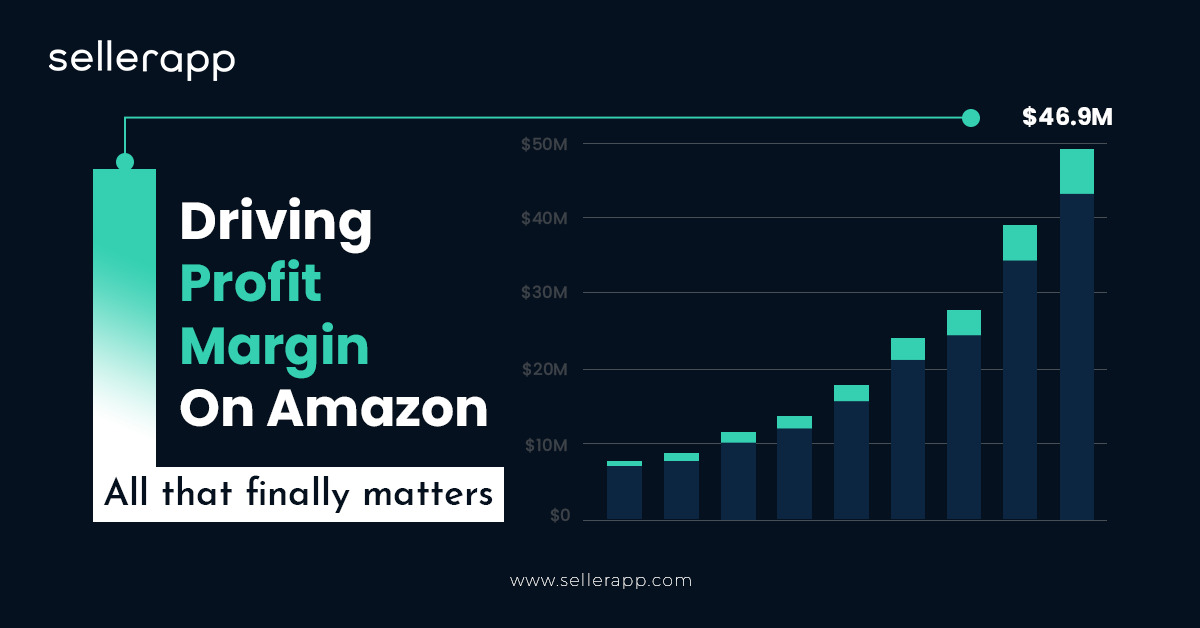
What are the two most important metrics for your Amazon business?
We’d say revenue and profit.
But there’s a trap!
Your sales are growing on Amazon, and your brand is doing well, but that doesn’t mean your business is profitable.
Don’t get us wrong. Revenue is a vanity metric, so even if you grow month-over-month, it doesn’t necessarily mean you’re turning profitable. The reality is that most e-commerce businesses still struggle with profit margins despite high revenue.
We don’t want to sugarcoat, but e-commerce profit margins are not going to increase after the new normal. Moreover, as an Amazon seller, competing against Chinese sellers can be a downhill battle. This is why many businesses on Amazon make 7- or 8-figure revenue but have little profits.
The good part?
A solid business model backed by strategic execution will help you remain profitable. This article covers all things you need to know to boost your gross profit margin on Amazon.
A quick peek into the article
- What is a good profit margin for your business?
- How to calculate profit margins for your Amazon business
- Why is profit margin a crucial metric?
- How to improve your profit margin on Amazon
- Things you can’t ignore while running your Amazon business
Note: If you already know how to calculate profit margins and want to find ways to increase your margins, skip to this part.
What is a good profit margin for your business?
Most Amazon sellers get a profit margin of 15% – 20%, depending on their category. A profit margin of 20% or higher is excellent, while a profit margin of 5% or less is considered unsustainable for an e-commerce business.
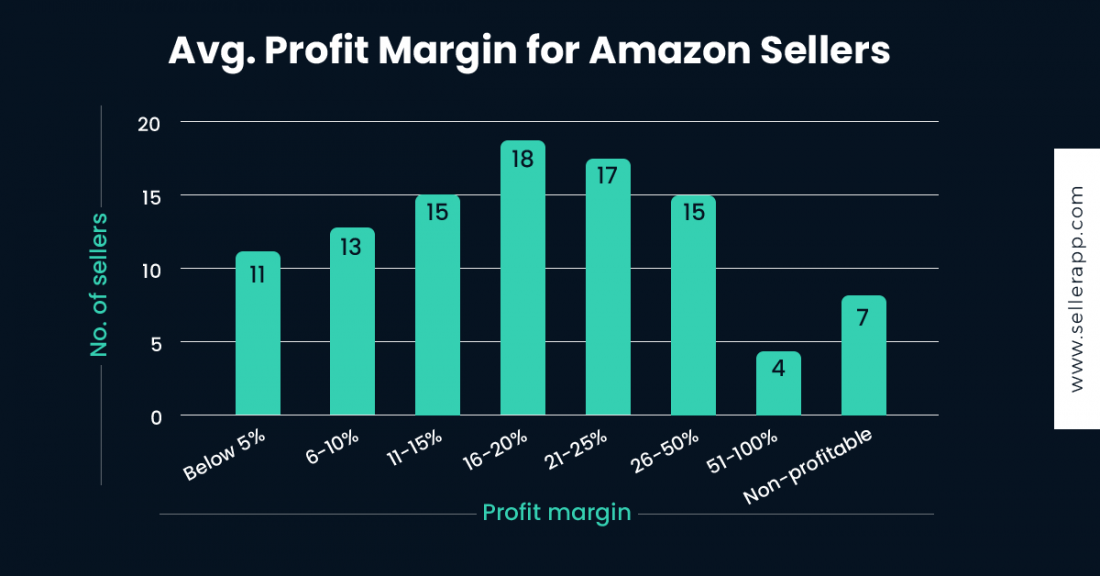
How to calculate profit margins for your Amazon business
Let’s look into Gross Profit Margin first.
It is defined as the profit after deducting the Costs of Goods Sold (COGS).
Gross Profit ($) = Net Sales – COGS
Here, Net Sales is the sales revenue generated by your Amazon business after accounting, coupons, returns, discounts, and other deductions.
Gross Profit Margin % = Net Sales – COGS/Net Sales x 100
Wait, there’s more than one…!
You also need to calculate the Net Profit Margin, the revenue left after COGS, taxes, debts, and operating expenses.
Net Profit ($) = Net Sales – Total COGS – Overhead expenses
Net Profit Margin % = Net Sales – COGS – Operating expenses – Taxes – Interest – Other expenses/net Sales x 100
Often, revenue from Amazon is the same as net sales after returns, refunds, and discounts.
In layman’s terms, let’s say you sell a water bottle for $15, your direct costs are $5, and your indirect costs are $7.
Then, Gross Profit Margin = $15 – $5/$15 x 100
=> Gross Profit Margin = 67%
While Net Profit Margin = $15 – $5 – $7/$15 x 100
=> Net Profit Margin = 20%
There’s a simple way to estimate your profit margin on Amazon with SellerApp’s FBA Calculator.
- Visit amazon.com and search for a product that is similar to yours
- Go to the product listing page and install the SellerApp FBA Calculator Chrome extension
- Click on the FBA calculator, and you’ll find seller fulfillment fees
In fact, the SellerApp Chrome extension comes with several features to help you stay profitable.
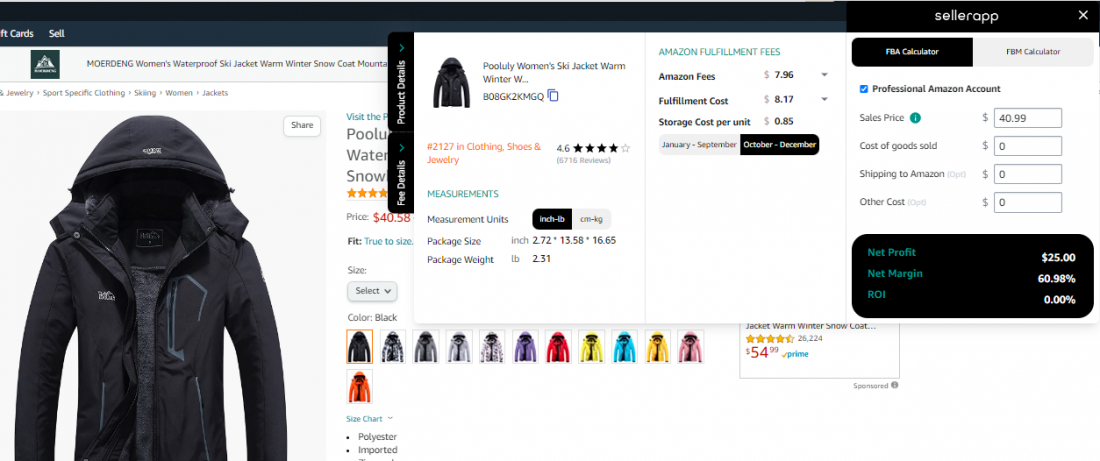
- In the table, input COGS, shipping fees, and any other additional costs to get an estimate of the Net Profit Margin for your business
- Depending on the model you choose, switch between FBA and FBM to get accurate estimates
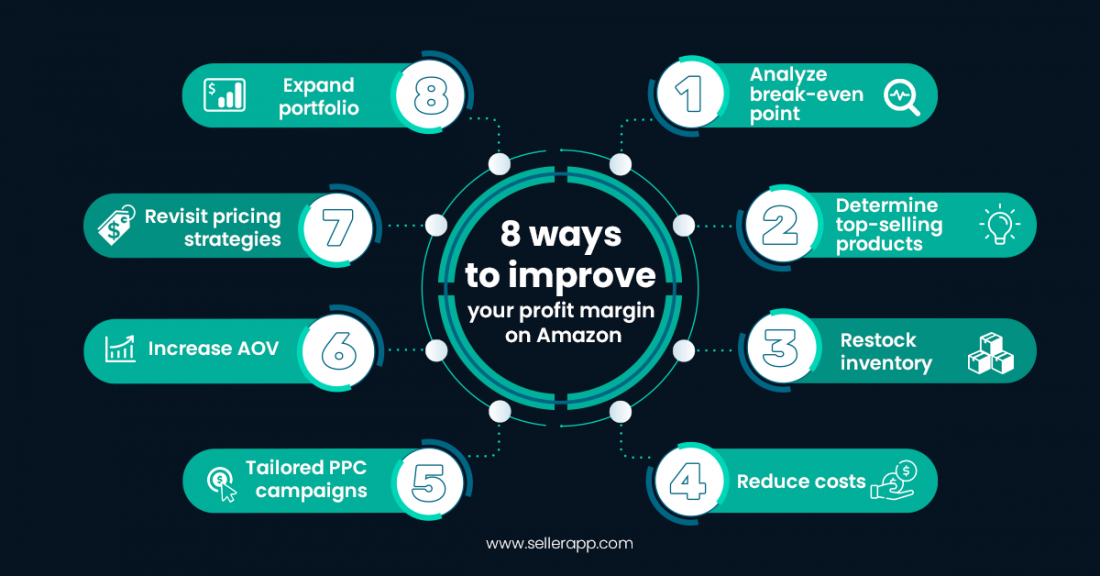
Why is profit margin a crucial metric?
Profit margin is one metric that determines your business’s overall health and long-term growth.
The gross margin shows how good your business model is, while the net margin shows how well you execute it.
Furthermore, these numbers help you plan your product prices, discounts, and advertising expenses without eating up your business.
How to improve your profit margin on Amazon
Though each business is different, there are some common attributes that influence the profit margins.
Amazon sellers with low-profit margins should often tweak the following pivotal factors to increase their profit margins on Amazon.
Calculate the break-even point
The break-even point determines the sales your business needs to make and should cover your expenses so you can start making a profit. It helps you to update your business plan and set sales targets.
Break-even ($) = Overhead expenses / (1 – (COGS/Total Sales))
Determine the least and most profitable products
Differentiate profit margins for your top-selling products and least-selling products. Get accurate information on the COGS and operating expenses for these products.
Once you have this information, eliminate underselling products that incur high costs and strategically replenish your inventory.
Restock inventory
One of the most common mistakes Amazon sellers make is running out of inventory for the best-selling items.
As your products start selling on Amazon, you build Amazon flywheel with advertising, pricing, and organic reach. However, if your products go out of stock, you need to ‘relaunch’ the products and build momentum once again.
This process can be inefficient and is the biggest enemy of your profit margins. The best way to tackle this issue is to forecast demand accurately and improve your Amazon supply chain.
Expand your portfolio
One way to increase profit margins is to increase your product line. Let’s say you’re selling t-shirts on Amazon, you can consider selling shorts or trousers in addition to the current product portfolio. This way, you will find better opportunities to sell them together.
Additional read: Amazon Virtual Product Bundles Program.
Reduce direct expenses
Find effective ways to cut down excess costs. Here are a few ideas:
- Get discounts from suppliers by paying invoices in advance or increasing your product orders
- Ask for a line of credit and pay it in installments as it’s easy for you to maintain cash flow for your business
- Look for cheaper shipping options in the market
Factoring in Amazon’s costs
For the first time in April 2022, Amazon US issued a 5% fuel and inflation charge, which adds to the fulfillment fee on Amazon. If you’re an Amazon FBA seller, your profit margins would have taken a hit with this step.
Besides, you need to factor in:
- Amazon seller account fee (Professional sellers)
- Inventory storage fee
- Variable closing fee
- Referral fee
- Amazon fulfillment fee
- Long-term storage fee
If you are a private label business or a reseller selling on Amazon US, margins can be slim.
The solution, you ask?
A unique product, brand loyalty, and goal-driven advertising campaigns. We’ll discuss it in a bit.
Optimize your Amazon campaigns
According to Marketplace pulse research, out of twenty products you see on Amazon search results, only four of them are organic listings. Besides, having your product ranked in 2nd place is different from having the product in 8th position.
For most sellers, a low-profit margin means pulling back advertising campaigns. However, the right advertising strategy can set you apart from the competition.
Related Post: Websites for Amazon sellers to Find Private Label Product Ideas
A few things you should consider doing:
- Optimize your best-selling products and the ones with high-profit margins
- Align your campaigns and product detail pages to fit customer searches
- Redefine your total Advertising Cost of Sales (tACOS) to ensure profitability
- Create goal-driven campaigns by refining your bids, budget, keywords, and campaign structure
- Show up when your customers search for your products – use Amazon dayparting to optimize your ad spend
The learning curve for Amazon PPC management is steep. You might have created campaigns but have not seen consistent results with low ROI and high ACoS. Besides, if you are overwhelmed with optimization tactics and staying up to date with advertising trends, consider opting for Amazon PPC managed services to run profitable ad campaigns.
Amazon advertising managed services like SellerApp will help you create campaigns backed by data-driven strategies to reduce your ACoS and increase overall sales and the long-term profitability of the business.
Reduce overhead costs
Excess overhead costs would weigh down your profit margins. Audit your expenses and identify areas where you can safely reduce your costs.
Alternatively, you can also find tasks that consume huge chunks of time and automate them to reduce inefficiencies and inconsistencies.
High Average Order Value (AOV)
Increase your AOV for better profit margins. Let’s say your AOV doubled, but your shipping and overhead costs don’t necessarily double. Therefore, it improves your profitability.
Here are a few things you can do to increase your AOV.
- Product bundling: If you strategically bundle your high-profit-margin products with products that have low margins, it would raise your AOV.
- Offer incentives: This can be tricky because you want to provide offers without actually increasing your discounts and expenses. Try deals and coupons with a certain cart value to improve AOV.
For example, run deals with free shipping of orders above $15.
- Optimize Amazon ads: Promote products with high-profit margins using PPC ads.
Revisit your pricing strategy
Adjusting your pricing strategy is one of the best ways to boost your profit margins. There’s no hard and fast rule when it comes to pricing. Nonetheless, choose the right price that’s acceptable to your customer and still makes you profitable.
Most sellers would employ value-based pricing and competitive pricing strategies to scale their business. However, if your brand is positioned well, a great deal depends on your brand.
If you want to learn more about different pricing strategies to optimize your profit margins, check out this article.
Things you can’t ignore while calculating your profit margins
Once you address the core issues, it’s time to think about the long-term avenues for your business.
Think long-term
Thinking ‘now’ is not sustainable for any business. You need to assess long-term goals to improve the profitability of your business.
A few long-term goals to consider:
- Multi-channel selling
- Improve customer service
- Expand your business beyond horizons
- Grow your product portfolio
- Strengthen your D2C brand
- Enhance brand loyalty
Additionally, if you’re an Amazon FBA seller willing to sell your business in a few years, your goal is to consistently increase your profit margins. Start by creating and tracking your profit and loss (P&L) statements periodically.
Customer Acquisition Cost
A brand’s growth depends on its ability to attract new customers and drive sales from existing ones.
Customer Acquisition Cost (CAC) is the total cost incurred to acquire an average customer, including product sourcing, storage, shipping, and marketing.
CAC = Total costs to acquire customers/Total number of customers
This metric is calculated over a specific time.
Aim to reduce the CAC as it boosts overall profit margin and is a good sign of brand health, customer service, and marketing efforts.
Protect your margins with constant monitoring
Look at the right data to find ways to drive profit margins for your Amazon business. Therefore, monitoring and tracking key business metrics is a foolproof way to uncover opportunities to stay profitable.
From inventory to customer returns, evaluate key metrics and find insights to fine-tune your profit margin. It may sound complicated, but data analytics tools like SellerApp can do the trick for you.
Improving profit margins is an essential step for e-commerce sellers. With a solid plan and these tips mentioned in the article, you can definitely scale your margins.
Try out SellerApp’s analytics platform to get first-hand insights on your Amazon business and profits.
Additional Read;
Profit & Loss Statement for Amazon Sellers.


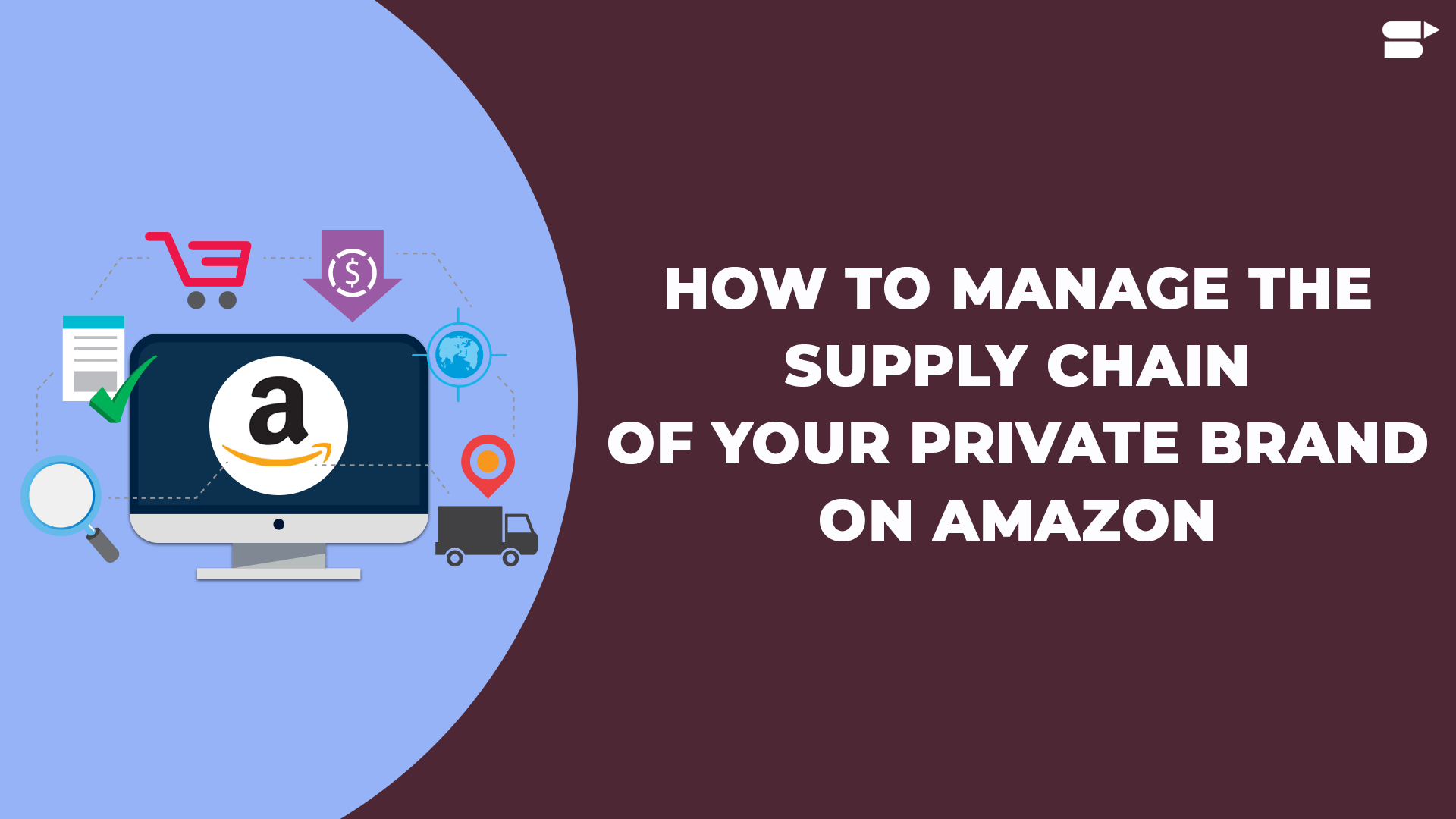



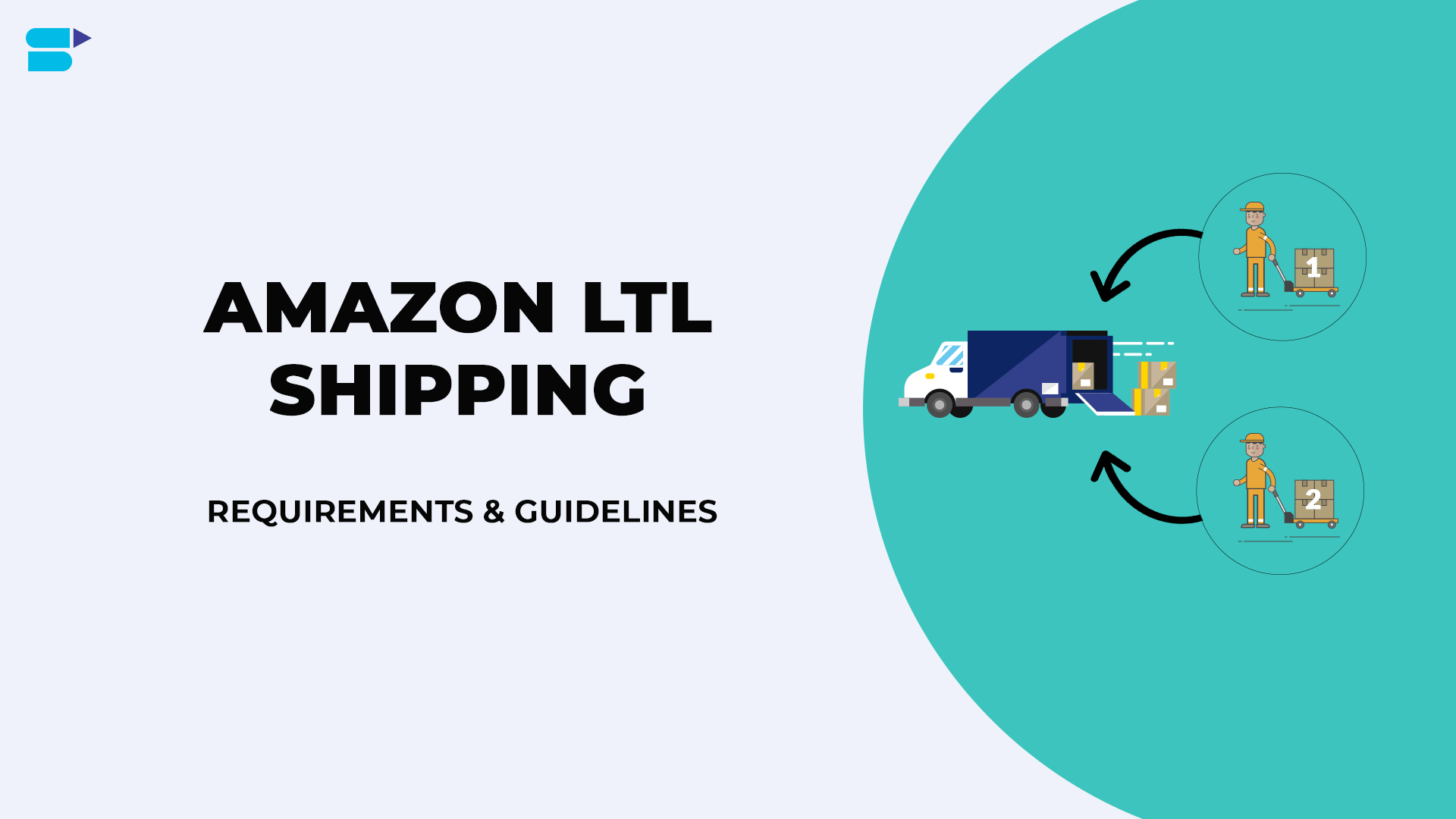
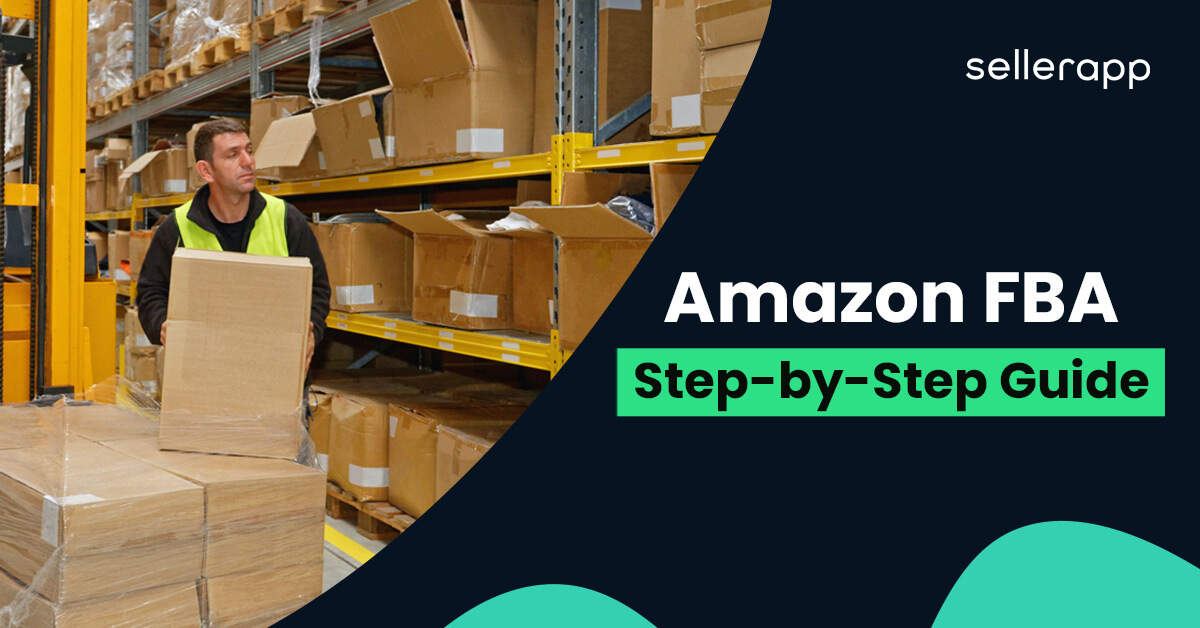
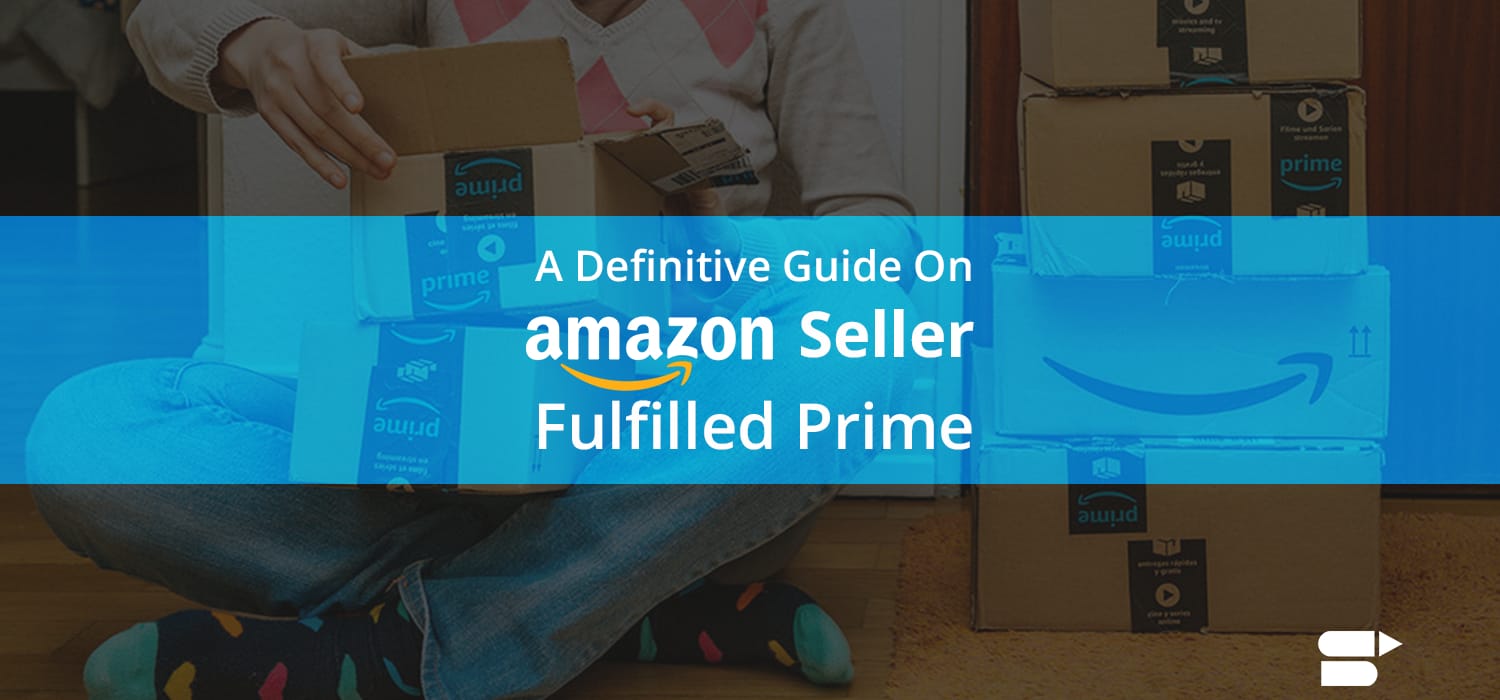
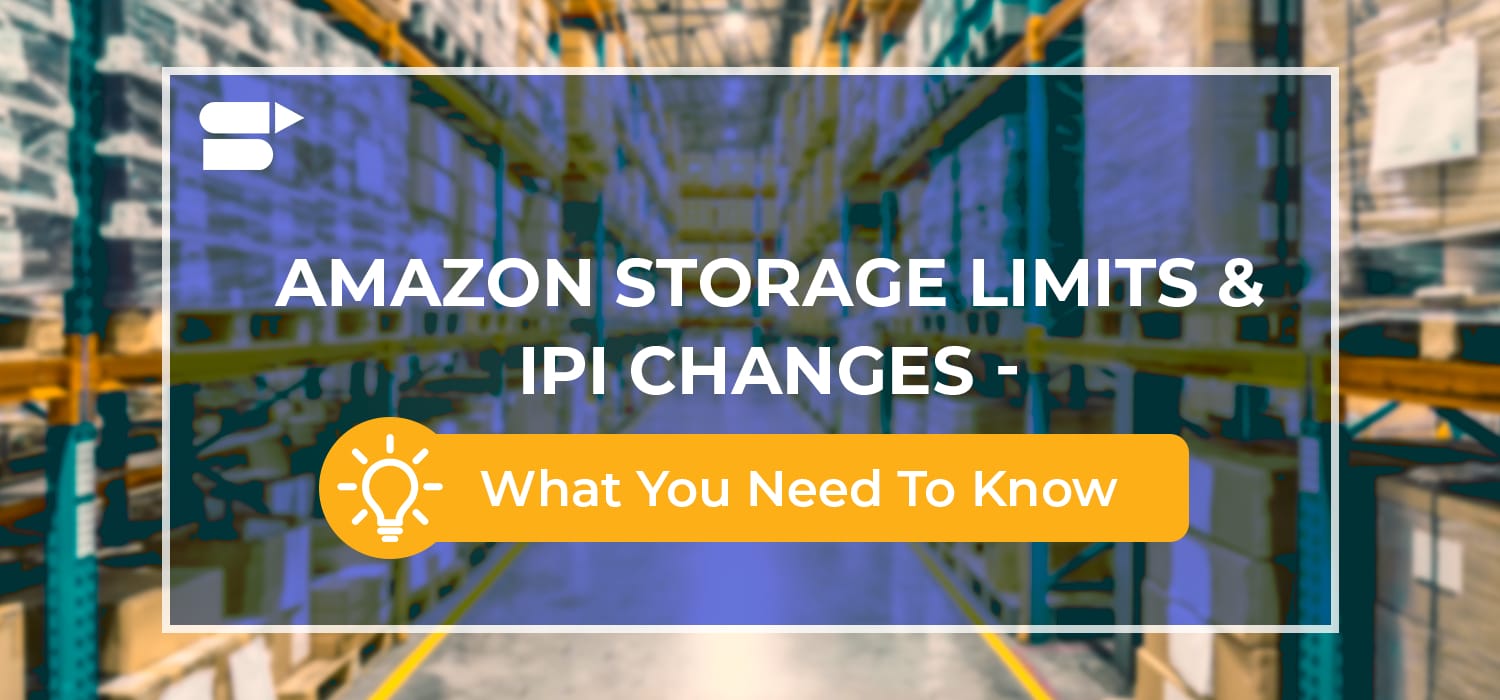

Mark
December 6, 2022Your blog provided us with valuable information to work on. You have done a marvelous job!
Clare Thomas
April 19, 2024Very happy to hear that.
Lona
December 6, 2022Very Informative article, Thanks again
Clare Thomas
April 19, 2024Glad you liked it.
Joey
April 23, 2024Thank you for all this great informative stuff and blog posts!
Clare Thomas
May 29, 2024Happy to hear that.